Epic Mythology
₹595.00
Sold By:
Motilal Banarsidass Publishing House
In stock
Epic Mythology
The study of the Indian epics the Ramayana and the Mahabharata is given a fresh perspective with the publication of this collection. In it, for the very first time, mythology is separated from the overarching themes that run throughout both of the epic books. Within a few hundred years of the start of the Christian era, the people who lived in Northern India along the Ganges believed the mythology that is described in India's two epics to be representative of their general worldview. The time period covered by the Mahabharata is from 300 B.C. to 400 A.D. In its entirety, the Mahabharata was written much later than the Ramayana, which is both more technically accomplished in its metre and the product of a single author. The more brutal epic style of the Mahabharata depicts a life that is more civilised than the one seen in the Ramayana. It is also the product of the combined efforts of many people over a long period of time.
Epic mythology is, however, is fairly consistent. There is no great discrepancy between the character of any one god in the Mahabharata and that of the same god in Ramayana. Nor is the character of gods very different in different parts of the Mahabharata, save for the sectarian tendency to invert the positions of the three highest gods in favour of the sect.
Author
Edward Washburn Hopkins
Too Good to Resist Sale is Live BUY AND SAVE NOW
SKU:
9788120802278
Categories: Books, Hinduism, Indology, History and Hinduism, Shop By Cause
Tags: Hinduism and Its Sources, Motilal Banarsidass
Epic Mythology
The study of the Indian epics the Ramayana and the Mahabharata is given a fresh perspective with the publication of this collection. In it, for the very first time, mythology is separated from the overarching themes that run throughout both of the epic books. Within a few hundred years of the start of the Christian era, the people who lived in Northern India along the Ganges believed the mythology that is described in India’s two epics to be representative of their general worldview. The time period covered by the Mahabharata is from 300 B.C. to 400 A.D. In its entirety, the Mahabharata was written much later than the Ramayana, which is both more technically accomplished in its metre and the product of a single author. The more brutal epic style of the Mahabharata depicts a life that is more civilised than the one seen in the Ramayana. It is also the product of the combined efforts of many people over a long period of time.
Epic mythology is, however, is fairly consistent. There is no great discrepancy between the character of any one god in the Mahabharata and that of the same god in Ramayana. Nor is the character of gods very different in different parts of the Mahabharata, save for the sectarian tendency to invert the positions of the three highest gods in favour of the sect.
Author
Edward Washburn Hopkins
About the Author(s)
Edward Washburn Hopkins ( September 8, 1857-1932)born in Northampton, Massachusetts, was an American Sanskrit scholar. He graduated at Columbia University in 1878, studied at Leipzig, where he received the degree of PH.D. in 1881. He joined as an instructor at Columbia University (1881-1885), and professor at Bryn Mawr (1885-1895).
Later he became professor of Sanskrit and comparative philology in Yale University in 1895. He was secretary of the American Oriental Society papers, especially on numerical and temporal categories in early Sanskrit literature.His other publications include Caste in Ancient India (1881), Manu’s Lawbook (1884), Religions of India (1895), The Great Epic of India (1901), India Old and New (1901), History of Religions (1918), Origin and Evolution of Religion (1923), The Ethics of India (1924).
Additional information
| Weight | 0.5 kg |
|---|---|
| Dimensions | 10 × 11 × 12 cm |
| Book Author | E. Washburn Hopkins |
Be the first to review “Epic Mythology”
You must be logged in to post a review.

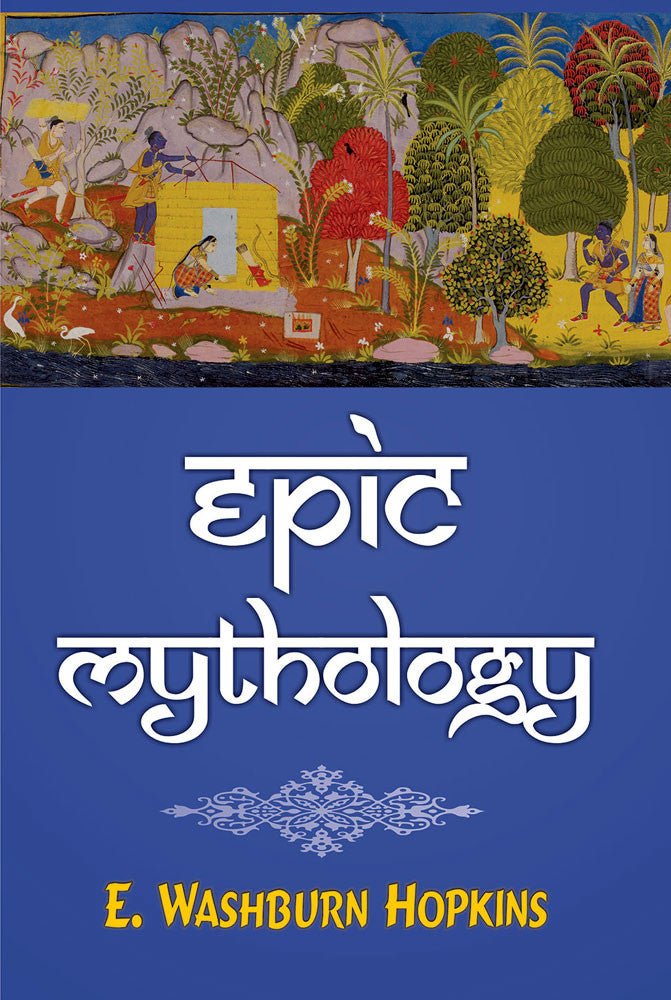
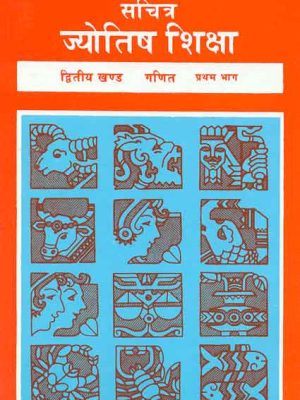
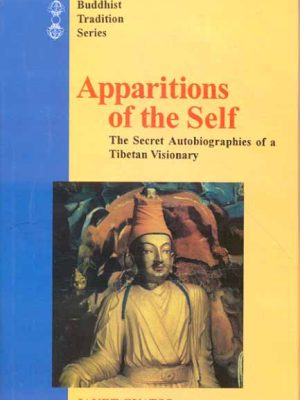
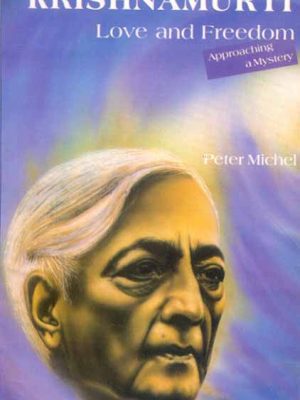
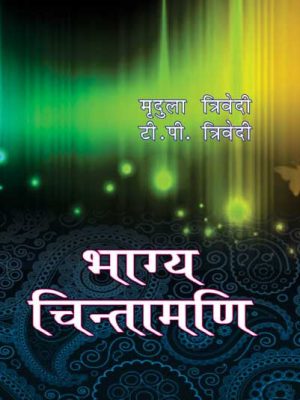
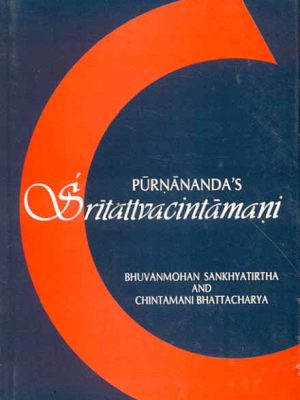
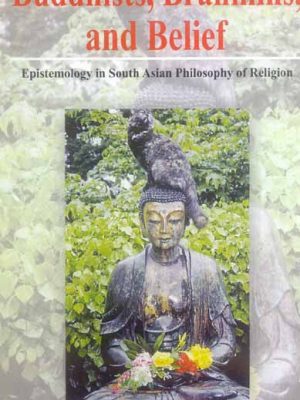
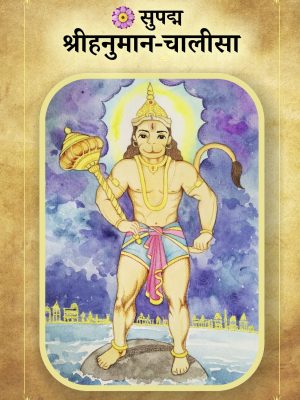


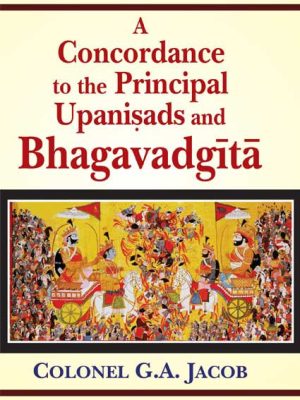

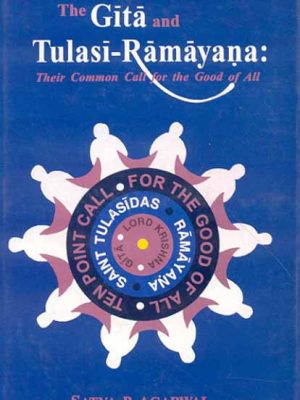
Reviews
There are no reviews yet.